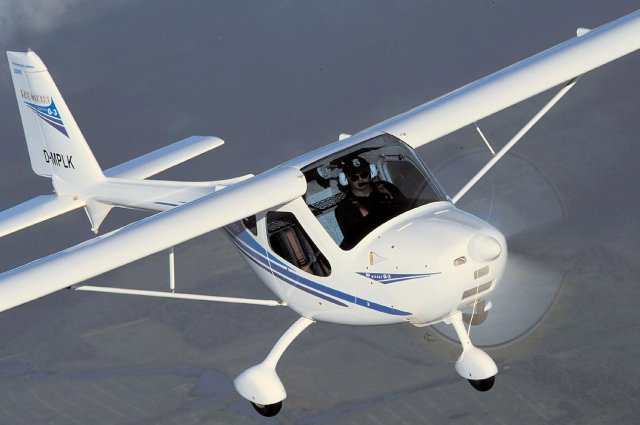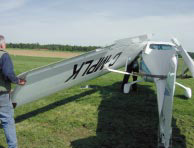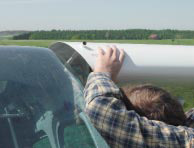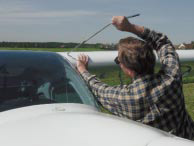
“White, composite, and from overseas”…was a theme of EAA AirVenture Oshkosh 2002 in the ultralight/lightplane area. I’ve already congratulated Experimenter Editor Mary Jones and Art Director Pierre Kotze on the October issue’s beautiful layout of the aircraft from afar, which may become near and dear to Yankee pilots. This month, I’d like to introduce you to one of the new flock of white, composite, and overseas aircraft—Remos Aircraft’s G-3 Mirage. For the second EAA AirVenture Oshkosh in a row, I was delighted to fly with Allistair Wilson, an Irishman now residing in the United States. Like last year, he is working with Rob Rollison and the Rollison Light Sport Aircraft Inc., based in Bloomfield, Indiana. Last year, Allistair and I flew in the Flight Designs CT. This year it was the Remos G-3. Both are white, composite, and from overseas. The trend is real! The Factory and People In addition to flying with Allistair at AirVenture, I also chanced to meet the G-3 Mirage designer, Lorenz Kreitmayr, at a French ultralight show called Blois (the town it’s near).
















